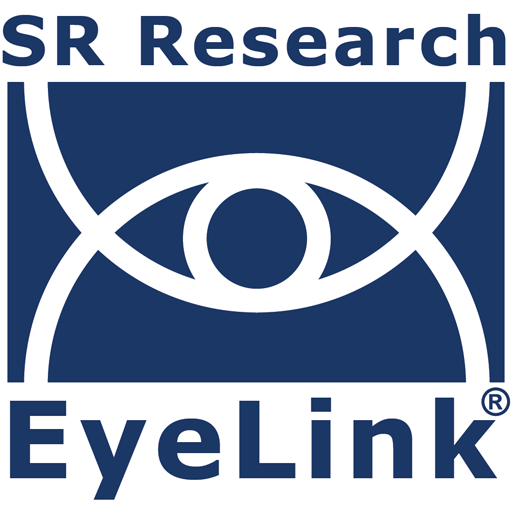案例研究:个体凝视形状改变神经表征

对复杂视觉刺激的感知会引发不同的凝视模式,但之前的研究表明,这些刺激的神经表征在个体之间是共享的。Borovska和de Haas最近的一项研究,“个体凝视塑造了发散的神经表征,”通过研究个体眼球运动对皮层视觉反应的影响,挑战了这一概念。他们利用先进的神经成像和眼动追踪技术进行的研究表明,虽然个体凝视增强了皮层视觉反应,但也导致了表征的发散。这项案例研究强调了眼动追踪技术和数据在揭示个体凝视如何塑造我们独特的视觉世界方面的关键作用。
眼动追踪和fMRI方法
Borovska和de Haas试图直接测试个体的注视模式是否会导致神经表征的差异,以及这些差异是否可以用注视的特质来解释。为了解决他们的假设,研究人员设计了一个实验,参与者观看同一部电影两次:一次在眼动追踪阶段,一次在功能磁共振成像阶段,顺序是平衡的。使用SR Research收集的眼动追踪数据Eyelink 1000眼动仪是关键。它使研究人员能够精确记录单个眼球运动,包括扫视率、振幅和注视位置。
在fMRI会议中,参与者在两种条件下观看电影:自由观看和中心注视。然后将专用眼动追踪会话的眼动追踪数据与fMRI会话的神经反应进行比较。这种创新的方法组合使研究人员能够:
- 量化个体注视模式:Eyelink 1000提供了关于参与者注视位置和方式的高分辨率数据,从而可以计算注视参数的成对差异。
- 将凝视与神经活动相关联:通过将特定的凝视行为与相应的大脑激活模式联系起来,该研究可以研究眼球运动对神经表征的直接影响。
- 评估代表性差异:眼动追踪数据对于确定凝视的个体差异如何影响自由观看期间观察到的独特神经处理至关重要。
个体凝视塑造独特的神经世界表征
这项研究得出了令人信服的结果,强调了个人凝视的重大影响:
- 表征分歧:与V1和IT的中心注视相比,自由观看的跨脑解码显著降低。这一发现直接表明,个体凝视会导致更特殊的神经反应。
- 凝视预测发散:凝视参数的成对差异,特别是凝视位置之间的平均欧几里德距离,显著预测了V1和IT的表征发散。此外,注视面部和文本倾向的个体差异也预测了IT的神经发散。这突出了个体凝视行为不仅是随机发生的,而且系统地塑造了神经表征。
- 增强的BOLD反应:自由观看导致整个视觉系统的BOLD信号振幅显著增加,表明神经反应增强,但这些反应更加个性化。
Borovska和de Haas的研究表明,个体凝视在塑造我们对视觉世界的独特神经表征方面起着重要作用。眼动追踪技术不仅是这项研究的补充工具,也是不可或缺的组成部分。它能够精确量化个体的注视行为,进而使这些行为与观察到的神经差异直接相关。
有关眼动追踪如何帮助您的研究的信息,请查看我们的解决方案和产品页面或联系我们。我们很乐意为您提供帮助!
